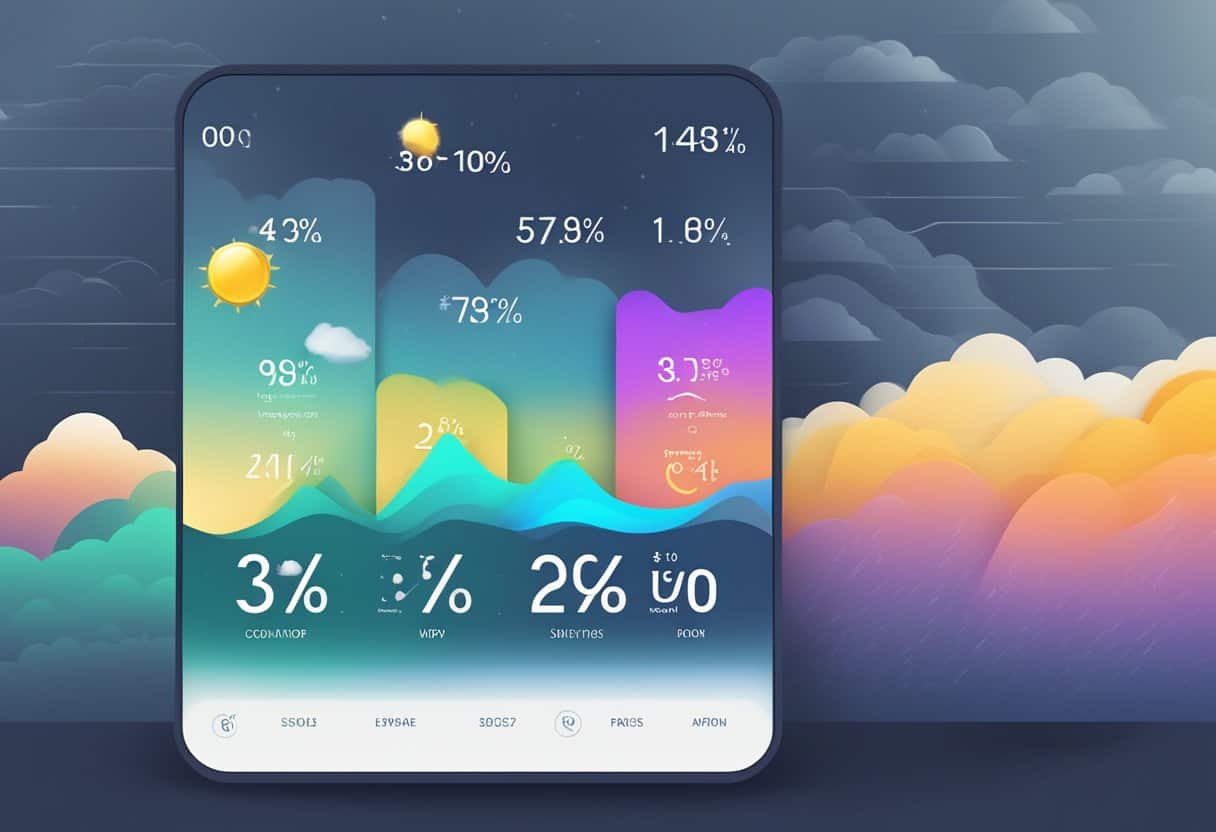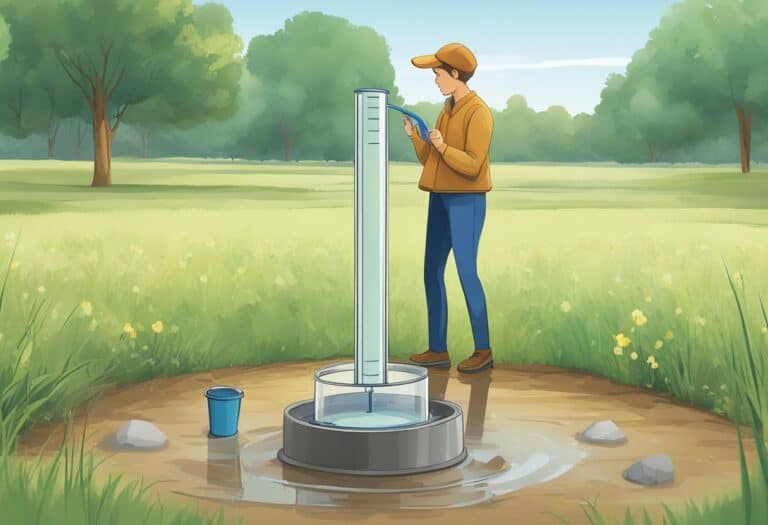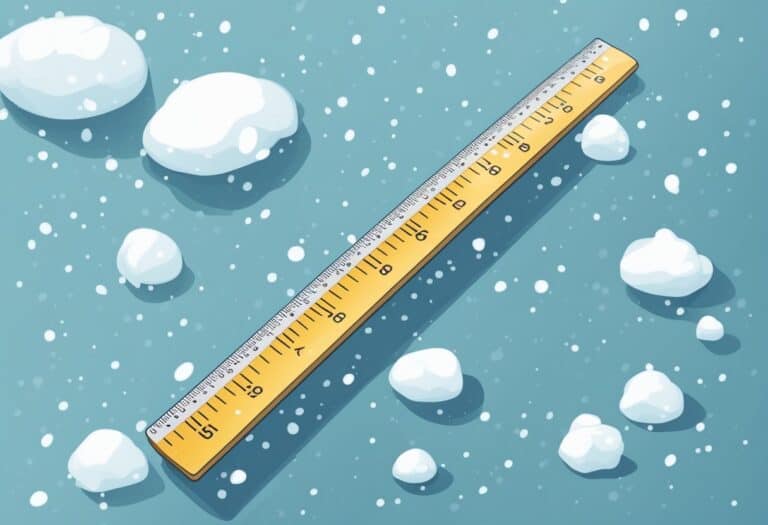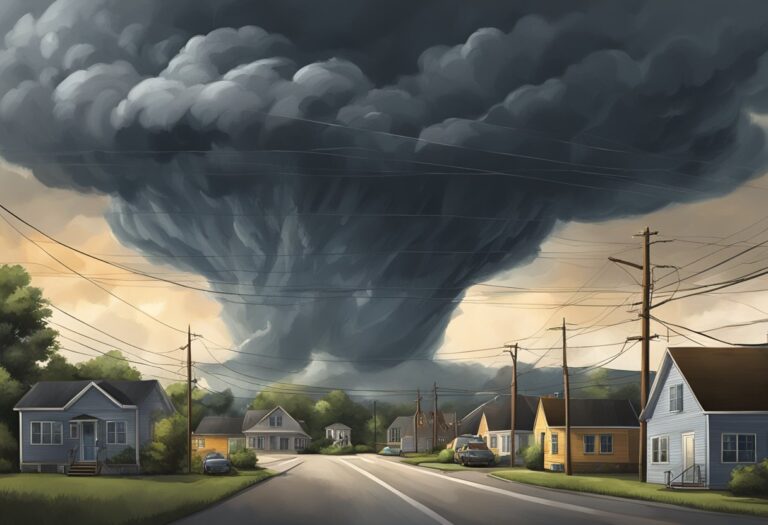When checking the weather on your favorite app, you might have wondered what the percentage often displayed next to the weather forecast actually means.
This figure is particularly common when looking at precipitation predictions. In essence, the percentage you see represents the probability of precipitation, which is frequently abbreviated as PoP. This means that a 30% chance of rain indicates there’s a 30% probability that at least some area within the forecast region will experience rainfall during the specified time.
Understanding this percentage can be important for planning your day, as it gives you an idea of the likelihood of weather events such as rain or snow. However, this doesn’t tell you anything about the potential duration or intensity of the precipitation.
For instance, a day with a 90% chance of rain might just experience light showers for a short period, while a day with a 20% chance could see a brief but intense downpour.
The percentage on your weather app refers to the chance of rain (PoP) happening somewhere in the forecast area, not the amount or duration. It’s calculated by meteorologists and influenced by weather patterns. While helpful, it doesn’t guarantee rain and intensity is often described separately (light, moderate, heavy).
Understanding Percentages in Weather Forecasts
When you check a weather app and see a percentage, this figure represents the probability of precipitation (PoP). This number conveys the confidence that rain or some form of precipitation will occur in a specified area.
Probability of Precipitation
Probability of precipitation is a term used by meteorologists to describe the likelihood of precipitation occurring at any point in the forecast area. For instance, if you see a “60% chance of rain,” this indicates that there is a 60% likelihood that rain will occur somewhere in the forecast area.
Calculating the Chance of Rain
To calculate the chance of rain, meteorologists consider various factors, such as atmospheric conditions and historical weather patterns. The calculation involves multiplying two factors: the confidence that precipitation will be observed somewhere in the forecast area and the percentage of the area that could receive rain.
Meteorological Interpretation
The meteorological interpretation of the percentage combines scientific data with experience. A meteorologist assesses the current conditions and predicts the precipitation’s spread across the forecast area, refining the probability figure—often referred to as PoP—presented in your weather app.
Remember, while the percentage helps guide expectations, it is not a guarantee of rain or its absence, but rather a tool to inform your planning based on the calculated likelihood.
Factors Influencing Weather Predictions
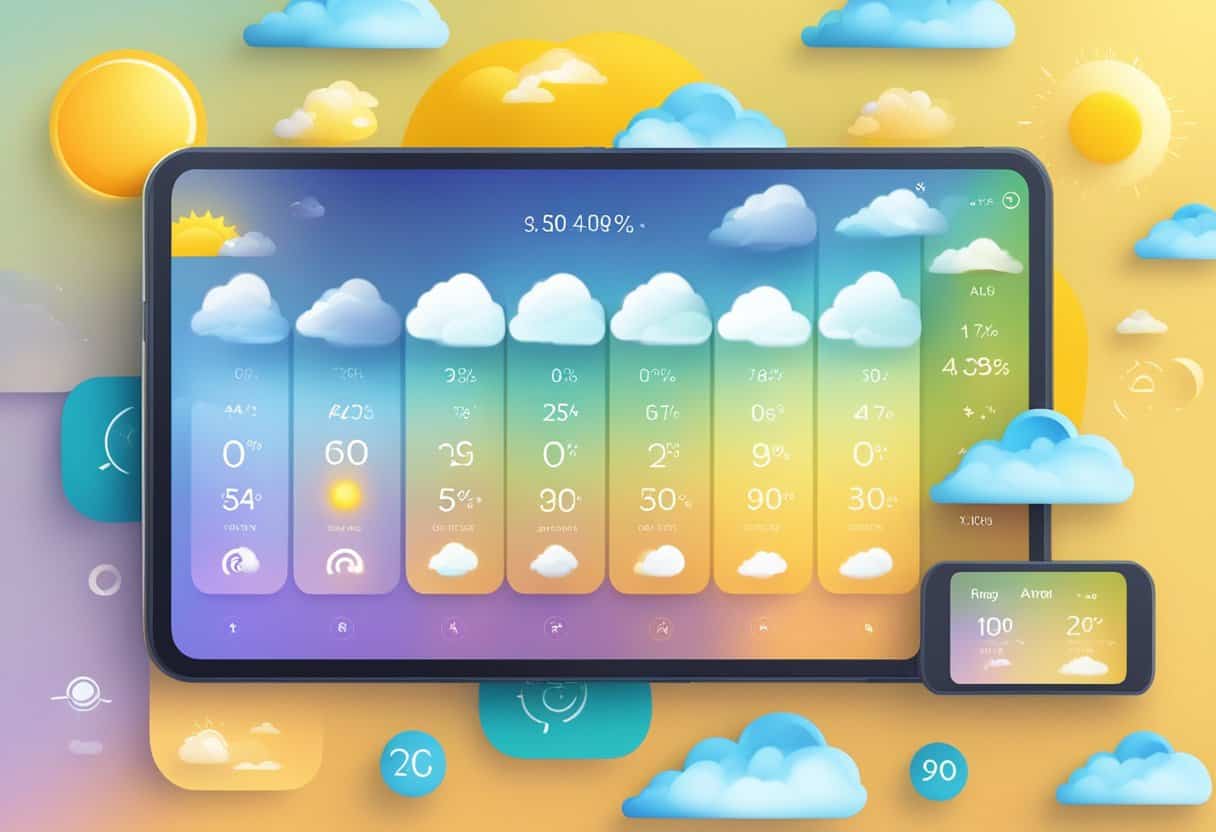
When you check the weather app, the percentage you see is the result of complex processes and predictions. Understanding what goes into these forecasts can help you better interpret the data presented.
Analyzing Weather Patterns
Your local meteorologists use computer models to analyze weather patterns. These computer models take into account various atmospheric factors, such as temperature, humidity, wind speed, and pressure. By assessing historical data and current conditions, meteorologists can predict how these patterns will evolve over time for your forecast area.
Role of National Weather Service and NOAA
The National Weather Service (NWS) and the National Oceanic and Atmospheric Administration (NOAA) are pivotal in analyzing weather patterns and disseminating accurate forecasts. They employ advanced technology and meteorology expertise to provide you with the forecast percentages. Their collaborative efforts ensure the weather forecast you rely on is based on the latest scientific data.
Reading and Using Weather App Data
Weather apps are invaluable tools for everyday planning, providing you with a detailed forecast that can inform your decisions. Understanding the meaning of percentages, especially in terms of rainfall, is key to using these apps effectively.
Interpreting Rainfall Intensity and Probability
When your weather app displays a 50% chance of rain, this refers to the likelihood of precipitation occurring at any point in the forecast area. It’s not a measure of how much of the area will get rain, nor is it the amount of time rain is expected to fall. For intensity, apps will often use terms like light, moderate, or heavy to describe the expected rainfall. Light rainfall might mean you can forgo the umbrella, but moderate to heavy predictions suggest it’s a good idea to carry one.
Intensity of rainfall is typically conveyed in millimeters per hour or inches per hour on your weather app. The higher the value, the more intense the rainfall. For instance, an intensity of 2 mm/hour suggests a lighter rain, unlikely to disrupt outdoor activities significantly, while 10 mm/hour might imply the need for waterproof attire.
Planning Around Weather Uncertainties
Given the uncertainty inherent in weather forecasting, a “chance of precipitation” number is crucial for planning. If an app forecasts a 50% chance of rain, it’s wise to prepare for potential rainfall, particularly if you plan to be outdoors for an extended duration. However, if the intensity is low, you might simply need a light jacket rather than full rain gear.
Remember that accuracy can vary between different weather apps, so if you’re planning something significant, it might be worth checking a couple of different sources. Moreover, pay attention to the duration mentioned in forecasts, as this can affect whether you’ll experience a short sprinkle or a long downpour.
Common Questions and Misconceptions
Before diving into the specifics of weather percentages, it’s essential to clarify popular misunderstandings and interpret what your trusty weather app really means when it displays those chance-of-rain figures.
Addressing Misunderstandings About Weather Percentages
When you check the weather and see a 40% chance of rain, this doesn’t mean that 40% of the area will be covered by rain or that it will rain 40% of the time. Rather, this percentage is a statistical probability indicating how likely it is that any point in the forecast area will receive at least 0.01 inches of rain. Chances of rain are determined through a mix of historical data and predictive models that calculate the likelihood of precipitation at a specific time and place.
Real-world Examples and Explaining Viral Misconceptions
A viral video on platforms like TikTok might claim that if there’s a 30% chance of rain, it will definitely rain for 30% of the day or that 30% of the geographic region will get wet. This is not accurate. The 30% chance actually means that out of all the times when conditions were similar, 30% saw measurable rainfall. Your trusty weather app uses complex algorithms to conclude these probabilities, attempting to offer the most accurate forecast possible. Misconceptions can spread easily online, but it’s important to rely on well-established meteorological science to understand weather forecasts correctly.
Frequently Asked Questions
In this section, you’ll find detailed explanations on how percentages in weather apps impact your understanding of the forecast.
How is the probability of precipitation calculated in weather apps?
The probability of precipitation is typically calculated by meteorologists using a combination of weather models, radar information, and local expertise. It represents the likelihood of at least a trace amount of precipitation occurring at a specific location within a given time period.
Does a higher percentage of precipitation indicate more rain or a greater coverage area?
A higher percentage indicates a greater likelihood that any given point in the forecast area will experience precipitation, rather than a prediction of more intense rainfall or a larger coverage area.
What should I expect when the weather app shows a 40% chance of rain?
When your weather app indicates a 40% chance of rain, there’s a moderate likelihood that precipitation will occur in your area. It does not guarantee rain, but suggests that you should prepare for the possibility.
How does the weather forecast differentiate between light and heavy rainfall when showing percentages?
The forecast usually specifies the expected intensity of rainfall through descriptive terms like “light,” “moderate,” or “heavy,” alongside the percentage. The percentage itself refers to the likelihood of precipitation, not its intensity.
What implications does a 30% chance of rain have for outdoor activities?
A 30% chance of rain implies a relatively low probability of precipitation, meaning outdoor activities are less likely to be affected. However, always consider the potential impact of unexpected weather changes.
How do weather forecasts determine the difference in precipitation chances throughout the day?
Weather forecasts analyze various factors such as temperature changes, humidity, and atmospheric conditions to project how precipitation chances may vary across different times of the day.

